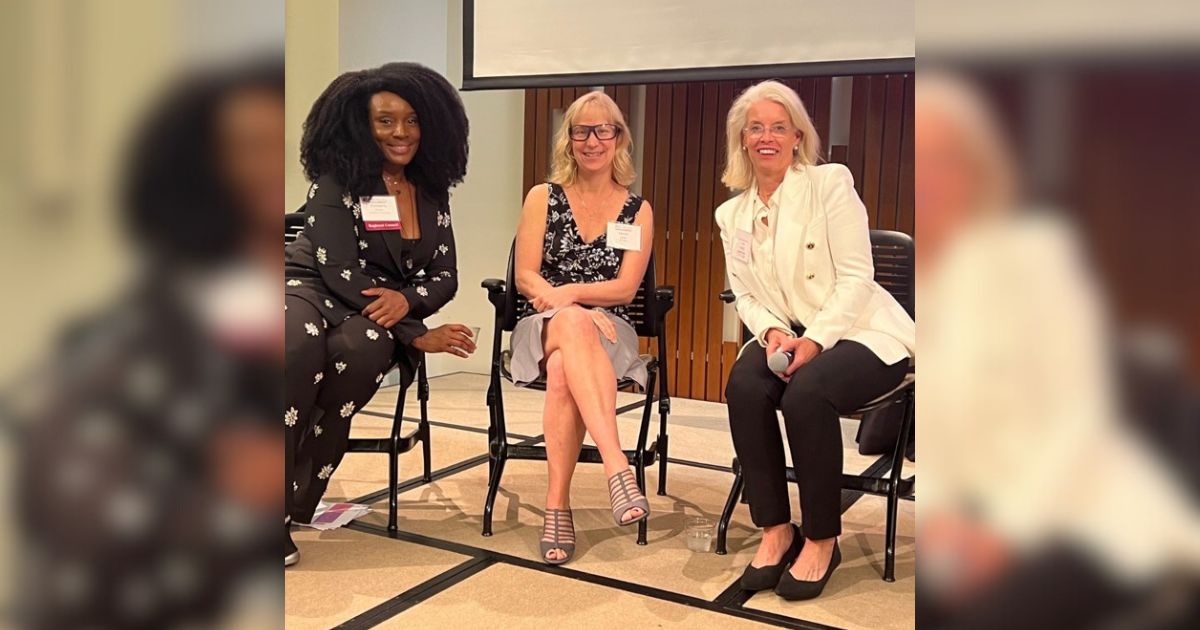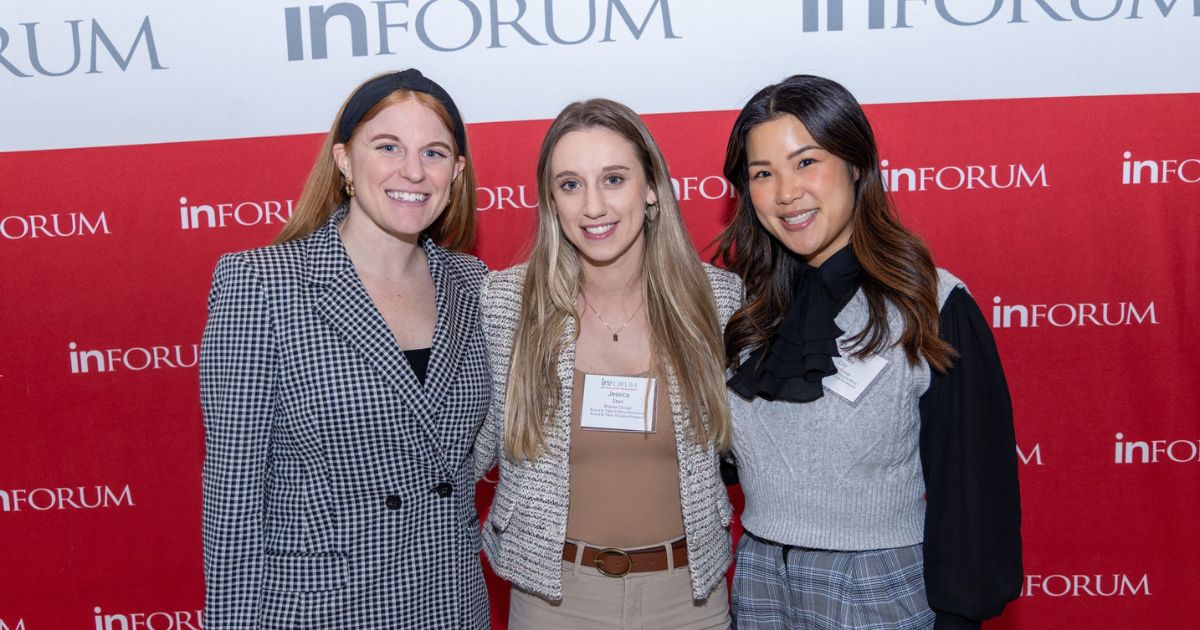For the first time in history, five different generations are in the workforce.
Each generation brings different experiences, strengths and expectations to the workplace. Some differences can bring great benefits to an organization, while others can lead to frustration and conflict if not managed. Learning to capitalize on understanding each other’s strengths will create a positive work environment where each individual is valued and positioned so they can do and be their best.
WHAT IS A GENERATION?
Generations are defined by a 15-20-year period, experiencing the same historical and social events which often caused individuals in the generation to develop similar attitudes, perceptions, values, beliefs and behaviors. For example, individuals born after 2000 in the U.S. have not experienced a world without social media.
WHAT ARE THE FIVE GENERATIONS CURRENTLY IN THE WORKFORCE?
Traditionalists aka The Silent Generation (born 1922-1945)
-
2% of the workforce.
-
Experienced World War II and the Great Depression.
-
Radio and the party-line telephone became normal household communication technology.
-
Value paying your dues, loyalty, respecting authority, stability, conformity and duty before pleasure.
Baby Boomers (born 1946-1964)
-
25% of the workforce.
-
Experienced the Vietnam War and the Civil Rights Movement.
-
Color TV and answering machines became common within households.
-
Value personal growth, loyalty to career, consensus leadership, hard work, and equal rights and opportunities.
Generation X (born 1965-1980)
-
33% of the workforce.
-
Experienced Watergate, end of the cold war, AIDS, and the rise of dual income households/single parents, so many were latchkey kids.
-
Personal computers, video games, personal digital assistants (PDA) and cell phones became common.
-
Value flexibility, work-life balance, independence, informal and “fun” work environments, prefer efficiency over form in communication (in person, phone and email all work).
Millennials (born 1981-1996)
-
35% of the workforce.
-
Experienced 9/11, school shootings, Obama election.
-
The internet and phones with pictures on them became standard within households.
-
Value personal achievement, utilizing technology, flexible work schedules, collaboration and multitasking.
Generation Z (born 1996-2012)
-
5% of the workforce.
-
Experienced the great recession, COVID-19 pandemic, #MeToo, racial protests.
-
“Digital natives,” texting and social media became common ways of communicating.
-
Value personal connection, global thinking environmental consciousness decisions, authenticity, individual expression, empathy and non-traditional work schedules.
WHY IS A MULTIGENERATIONAL WORKFORCE AN ISSUE?
The things we experienced growing up, as well as the devices we learned to be comfortable using for communication, affect how we work, what we want from leaders and what we believe makes us a good employee. Imagine being a Traditionalist who grew up communicating primarily in-person or via snail mail. How difficult do you believe it might be to work effectively with a Gen Z colleague who routinely communicates by texting you utilizing emojis and gifs?
When different generations do not understand one another, anger and frustration often result, leading to:
-
Limited collaboration
-
Emotional conflicts
-
Higher workplace turnover
-
Lower team productivity
HOW A MULTIGENERATIONAL WORKFORCE IS BENEFICIAL
On the flip side, when multigenerational teams understand their differences and capitalize on them, it results in:
-
Positive workplace experiences
-
Stronger connections with coworkers
-
Greater sense of being valued
-
Better relationships with leaders
-
Higher retention
-
Increased productivity and efficiency
-
Improved customer service
-
Increased innovation
-
Better problem-solving
-
More opportunities for mentoring
WHAT CAN I DO?
Challenge your assumptions.
Whether you are a Traditionalist, Gen Z, or somewhere in-between, it’s important to remember that the tendency of older generations to think younger generations have it wrong has been a constant throughout history.
In 300BC Aristotle said, “the children now love luxury; they have bad manners, they show disrespect for elders, and love gossip in the place of activity.”
Those from older generations need to be aware of our tendency to judge what feels new and different as somehow not as good as “the way it has always been.” Older generations also need to assume a “learner” posture rather than assuming experience means we will always be the teachers.
In contrast, individuals from younger generations need to be willing to patiently share new ways of doing things in respectful ways.
Be aware of stereotypes.
While it can be helpful to group people who grew up during the same time, it can also be dangerous. Not every Baby Boomer was impacted by the Civil Rights Movement in the same way. When we stereotype individuals based upon one attribute or what we believe to be true of the group they belong to, we make judgments and assumptions about individuals without ever getting to know them.
For example, research shows that when older individuals are trained to utilize technology, they get less training, and the training does have the same quality as training given to younger individuals because of an innate belief that older people can’t or won’t learn to utilize technology. This belief causes trainers to invest less time and energy into older individuals which leaves them receiving training which is inferior to their younger counterparts.
Be curious.
Cultivate a curious mindset toward those you work with. Instead of assuming and judging, actively question and wonder what caused them to act or behave in a particular manner. Inquisitiveness allows us to see those we work with through the lens of a learner rather than judge.
Get to know your teammates and learn:
-
How do they prefer to receive communication?
-
What is the best way for you to share information with them?
-
What are the personal circumstances of their life?
-
What frustrates them?
-
What invigorates them?
-
How do they work best?
-
What helps them to thrive?
Jean Holthaus, LMSW, LISW, is the director of the Pine Rest Employee Assistance Program. In addition to employee benefits, the Pine Rest EAP provides training, development and coaching for leadership and staff on topics such as multigenerational workplaces, team building, DEI, and fostering resilience.
Courtesy of Pine Rest Christian Mental Health Services.
Photo Courtesy of Yuri Arcurs, PeopleImages.




